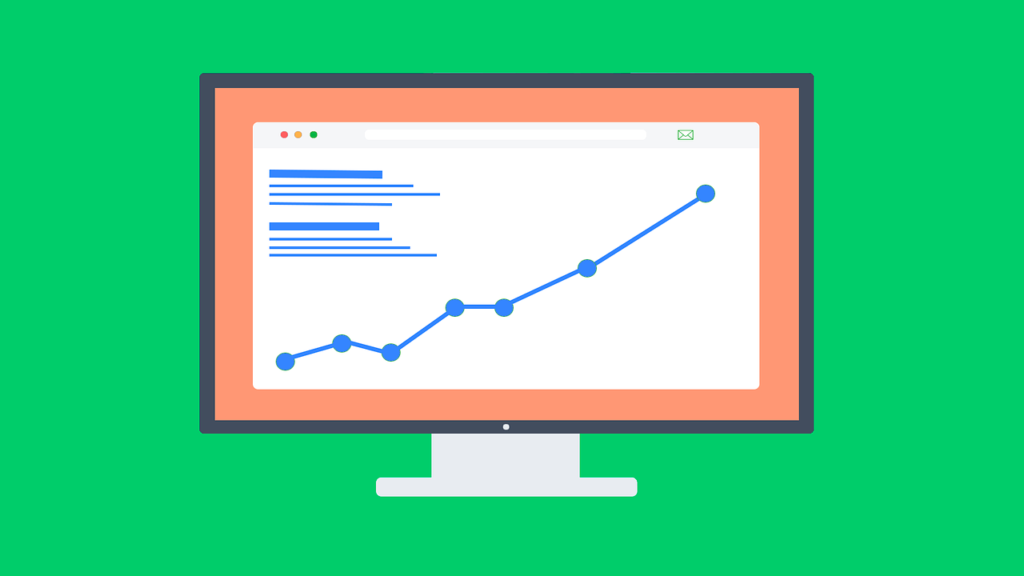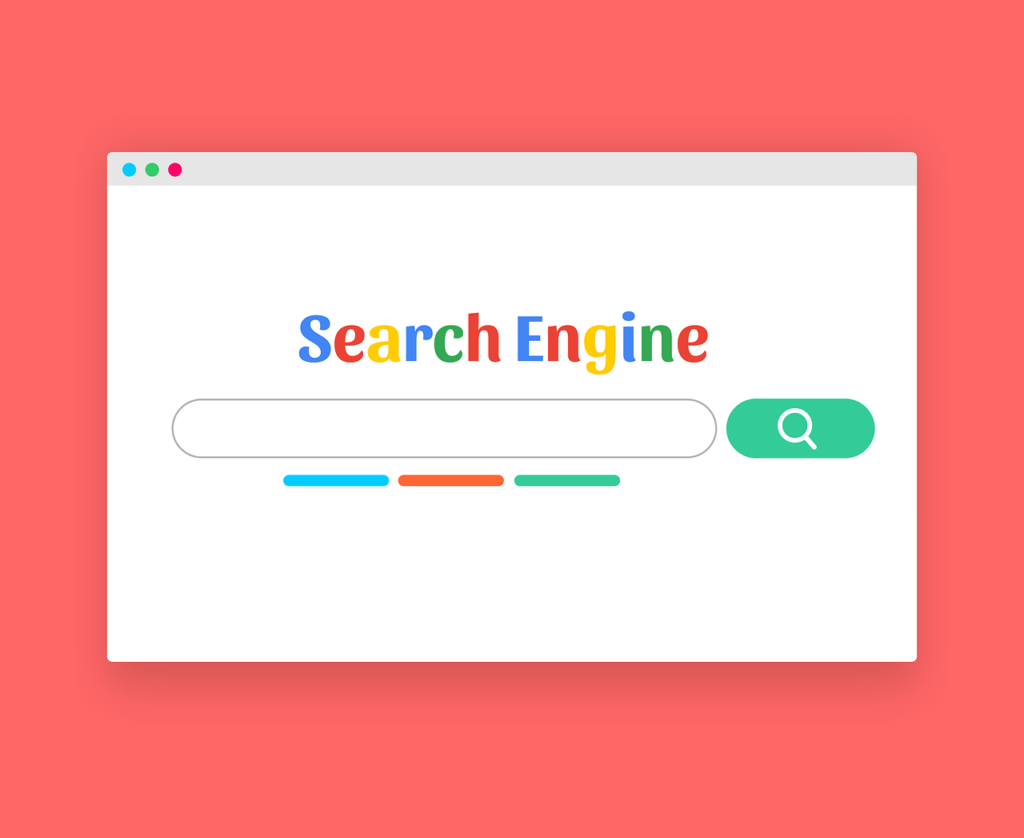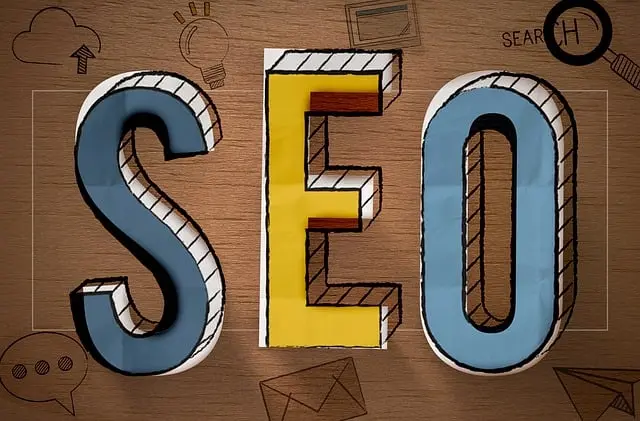
SEO Made Simple – this is the perfect phrase for beginners who want to understand search engine optimization without getting lost in jargon. SEO (Search Engine Optimization) may seem confusing at first, but when explained step by step, it becomes easy to understand and apply. If you’re new to SEO and want to rank your website higher on Google, get free traffic, and build your online presence, this roadmap is exactly what you need.
In this blog, you’ll learn:
- What SEO is and why it’s important.
- The main steps to improve your website’s ranking.
- Simple tips that even beginners can use today.
This guide is written in plain, simple English so anyone can follow it.

What is SEO?
Search Engine Optimization (SEO) is the process of improving your website so it shows up higher in search results when people look for information, products, or services. When your website ranks well, more people find you, and you get more visitors without paying for ads.
In the simplest terms, SEO involves:
- Understanding what people search for (keywords).
- Creating useful content that answers their questions.
- Making your website easy for search engines to crawl and understand.
This blog, SEO Made Simple, is designed to break down these steps so you can start optimizing your site today.
Why SEO is Important for Beginners
If you have a website, blog, or online store, SEO is one of the best investments you can make. Here’s why:
- Visibility: SEO helps your website appear in front of the right audience.
- Free Traffic: Unlike paid ads, SEO drives free (organic) traffic to your site.
- Credibility: People trust websites that appear on the first page of Google.
- Long-Term Results: Once your site ranks, it can keep attracting visitors for months or years.
Think of SEO as planting seeds. It takes time to grow, but once it does, you’ll enjoy steady traffic without spending money every day.

Step 1: Keyword Research – The Foundation of SEO
Keywords are the words or phrases people type into Google. If you don’t know what your audience is searching for, you won’t be able to create the right content.
Here’s how to do keyword research:
- Use Free Tools: Start with Google Keyword Planner, Ubersuggest, or AnswerThePublic to find keywords.
- Look for Long-Tail Keywords: These are longer phrases with less competition, like “SEO tips for beginners” instead of just “SEO.”
- Check Competitors: See what keywords similar websites are ranking for.

Step 2: On-Page SEO – Optimizing Your Content
On-page SEO means improving the content and elements on your website. This is where beginners can make the biggest difference.
Key parts of on-page SEO:
- Title Tags: Your page title should have your focus keyword (“SEO Made Simple”) in it.
- Meta Descriptions: Write a short description of your content (like the one at the top of this blog) including the keyword.
- Headings (H1, H2, H3): Organize your content with clear headings so readers and search engines understand it easily.
- Image Alt Text: Add descriptive text to images so Google knows what they show.
- Internal Links: Link to other pages on your site to keep readers engaged.
Step 3: Quality Content – The Heart of SEO
Google loves websites that offer value. Your content should be written for humans first, then optimized for search engines.
Here’s how to create quality content:
- Answer Questions: Focus on what your audience wants to know.
- Be Original: Don’t copy content from other websites.
- Use Keywords Naturally: Avoid stuffing your keyword too many times.
- Add Visuals: Images, infographics, and videos make your content more engaging.
Step 4: Technical SEO – Make Your Website Search Engine-Friendly
Technical SEO makes sure your website is easy to crawl and index by search engines. Even if you have great content, a poorly built site can hurt your rankings.
Important technical SEO tips:
- Fast Loading Speed: A slow website drives visitors away. Test your speed using Google PageSpeed Insights.
- Mobile-Friendly Design: Most people use mobile devices, and Google gives priority to mobile-friendly sites.
- Secure Website (HTTPS): Install an SSL certificate to secure your site.
- Create an XML Sitemap: Submit it to Google Search Console to help Google find all your pages.
Most modern platforms like WordPress have plugins like Yoast SEO or Rank Math that guide beginners through technical SEO.

Step 5: Link Building – Earn Trust from Other Websites
Links from other websites to yours (backlinks) are like votes of confidence. The more quality backlinks you have, the higher your chances of ranking.
Simple ways to build backlinks:
- Guest Posting: Write articles for other blogs in your niche.
- Create Shareable Content: High-quality guides, infographics, and research attract links naturally.
- Use Social Media: Share your content on platforms like LinkedIn, Twitter, and Facebook to increase visibility.
Focus on getting links from relevant, trusted websites rather than low-quality ones.
Step 6: Track and Improve Your SEO Performance
You can’t improve what you don’t measure. Use these free tools to track your progress:
- Google Analytics: See how much traffic you’re getting and from where.
- Google Search Console: Check which keywords are driving visitors to your site and find errors.
By regularly checking your performance, you’ll know what’s working and what needs improvement.
Common SEO Mistakes Beginners Should Avoid
Even though SEO is simple when broken down, many beginners make mistakes. Here are some to avoid:
- Keyword Stuffing: Using your keyword too many times makes content unnatural.
- Copying Content: Duplicate content can hurt your rankings.
- Ignoring Mobile Users: A non-mobile-friendly site will lose traffic.
- Not Optimizing Images: Large image files slow down your site.
Avoiding these mistakes will help your website grow faster.
For more information visit our services – SEO services in Lucknow | SEO service in Kanpur | SEO service in Surat | SEO service in Jaipur
Extra Tips for Beginners
Here are a few bonus tips to make SEO even easier:
- Write for People, Not Just Google: Always prioritize your readers.
- Be Consistent: Publish content regularly to stay relevant.
- Update Old Posts: Refresh older articles with new information to keep them ranking.
- Focus on User Experience: A clean, simple design keeps people on your site longer.
Conclusion
SEO Made Simple is not just a phrase — it’s a process you can follow to improve your website’s ranking, drive organic traffic, and grow your business online. By focusing on keyword research, on-page optimization, quality content, technical SEO, and backlinks, you’ll build a strong foundation for long-term success.
SEO doesn’t have to be complicated. With patience and consistency, even beginners can achieve great results. Start with the steps in this roadmap today, and you’ll see your website improve over time.
Frequently Asked Questions
1. What does SEO stand for?
SEO stands for Search Engine Optimization. It helps your website rank higher on search engines like Google.
2. Is SEO free?
Yes, most SEO strategies are free. You only pay for tools or services if you choose.
3. How long does it take to see SEO results?
It usually takes 3–6 months to see noticeable improvements in rankings.
4. Do I need to hire an SEO expert as a beginner?
Not necessarily. You can start learning SEO basics yourself with guides like this.
5. What is the most important part of SEO?
Quality content and keyword research are the most important parts of SEO.
6. Can I do SEO on my own website?
Yes, tools like Yoast SEO make it easy for beginners to optimize their websites.
7. What is on-page SEO?
On-page SEO involves optimizing elements on your website like titles, content, and images.
8. What is off-page SEO?
Off-page SEO focuses on building backlinks and promoting your website externally.
9. Is mobile optimization important for SEO?
Yes, Google prioritizes mobile-friendly websites in its rankings.
10. How often should I update my website content?
Regular updates keep your content fresh and improve your SEO rankings.





